From growing plants in the ocean or in RAS, mariculture could unlock an ‘alt solution’ for cultivating more sustainable food sources
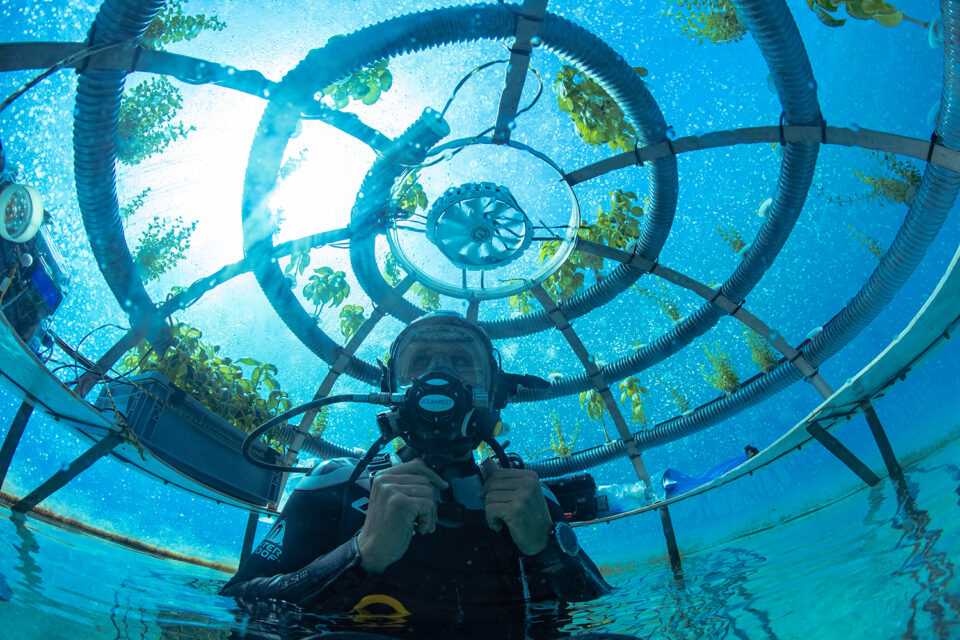
Salmon farming in recirculating aquaculture systems (RAS) offers the opportunity to produce large amounts of food with small amounts of water. But this method is also used to cultivate plants underwater, with early results showing potential for growth within fish production systems.
One entrant to this emerging field is Columbi Salmon, a Norwegian start-up aspiring to “develop Europe’s leading sustainable salmon farming company.” Its subsidiary, Columbi Farms, is working with the Norwegian Institute of Bioeconomic Research (NIBIO), Norwegian consulting firm Morefish and feed manufacturer Biomar to grow lettuce using fish sludge and water from RAS salmon farms.
“We chose to grow varieties of lettuce because it’s an efficient way of utilizing resources and carbon dioxide [CO2] from fish production and they’re a high-yielding crop where production can be automized to a large extent,” Siv Lene Gangenes Skar, chief operating officer at Columbi Farms, told the Advocate. “Wastewater from an RAS facility contains valuable nutrients that plants can absorb, while environmental technologies make it possible to reuse water in a safe and efficient way. Like traditional aquaponics, we are reusing nutrients and water from one system in another. Our goal is to decouple the two production forms to optimize fish and plant production individually and still utilize the organic nutrients in wastewater.”
So far, research conducted by Columbi Farms has yielded some promising results. Between December 2020 and September 2021, the team studied 1,000 Atlantic salmon (Salmo salar) produced in freshwater with two varieties of lettuce for 10 months. Fish welfare and plant quality were analyzed, water quality and CO2 were measured and mass balance was calculated for salmon and lettuce to see how efficiently fish feed was being utilized. BioMar performed a life-cycle assessment (LCA) of the feed given to the plants, while NIBIO measured the carbon flow throughout the system regularly.
“The system was resilient and water quality parameters were excellent throughout,” said Båtnes Birkeland, project manager at Columbi Farms. “We had good plant and fish health and high yield. We estimate that for every kilo of feed (2.2 lbs), we can produce one kilo of salmon and 9 kilos (19 lbs) of lettuce.”
Combining the production of crops and aquatic species has various advantages. Plant roots can take up chemical organic compounds easily, a huge number of microorganisms keep the system in good health and no chemicals or pesticides are used. But converting and scaling production into an industrial and profitable model is a challenge, so the team investigated how fish and plants could be grown together on a larger scale without impacting existing fish production. The findings pointed to the need for more research and development in environmental technology and food production, and the development of a proof-of-concept facility in Norway.
Columbi Salmon is now establishing a land-based setup for salmon farming in Oostende, Belgium, and is aiming to open production facilities throughout Europe. The goal is to produce approximately 15,000 tons of salmon and up to 4,000 tons of plants by 2026. Hopes are high that with some small adjustments, depending on the system as well as the plants and species being produced, the team’s work could be replicated elsewhere.
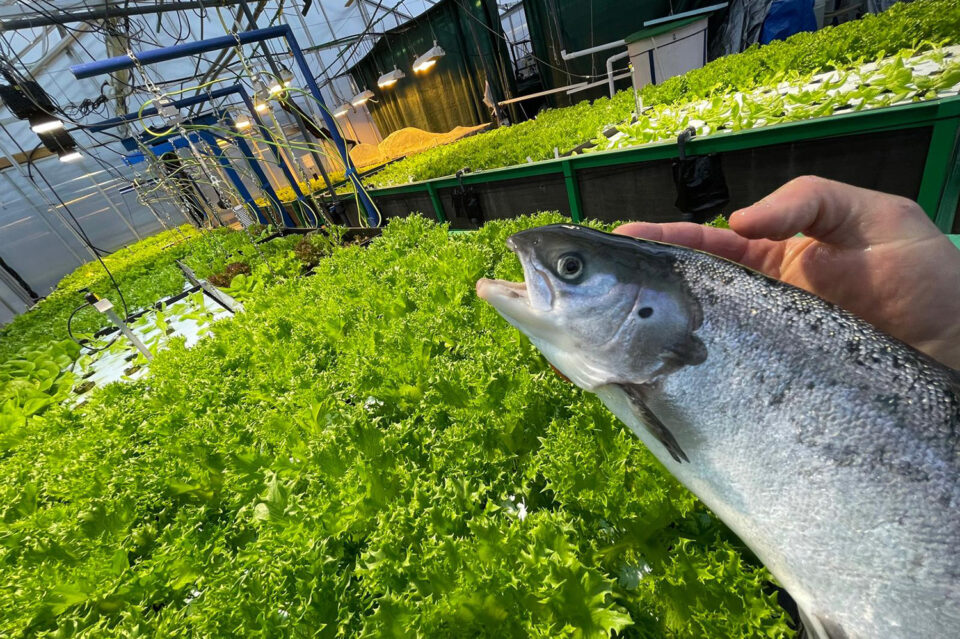
‘We want to create an alternative agriculture system’
Meanwhile, others are looking to the ocean to grow and harvest plants underwater, which experts claim could reduce the strain on agricultural practices and provide a sustainable alternative to farming on land.
Located off the coast of Noli, Italy is Nemo’s Garden – the first-ever underwater cultivation of terrestrial plants. Created by diving company OCEANREEF in 2012, this sunken farming project consists of six air-filled clear plastic pods (or biospheres), anchored to the seafloor by ropes, chains and weights. Each biosphere has a diameter of 2 meters and is filled with 2,000 liters of air and anchored at 20 to 35 feet.
There’s also a 24/7 monitoring system in place: Every biosphere is equipped with hydroponic technology and sensors that measure CO2 and oxygen levels, humidity, temperature and illumination. Back on shore, a control tower supervises the project and stays in contact with divers who tend to the plants. To date, Nemo’s Garden has already yielded basil, thyme, oregano, marjoram, mint, coriander, sage, tomatoes, courgettes, beans, peas, strawberries, aloe vera, lettuce and rocket.
“Nemo’s Garden is not only a sustainable agriculture alternative but also a research lab that can study the effects of extreme environments on plant growth and physiology, and a beautiful tourist attraction,” said Federico Giunto of OCEANREEF. “We want to create an alternative agricultural system that is catered for regions that are affected by droughts, extreme temperatures or where land is scarce.”
The system is almost fully self-sustainable, said Giunto. No pests or disease spores can enter the biospheres, and they also conserve water: Humidity inside condenses along the inner walls and trickles down salt-free, providing the plants with fresh water. Meanwhile, the surrounding ocean acts as a natural basin of thermal energy, creating a near-constant temperature for growth. Acting as a refuge for small organisms, the biospheres also create a habitat for fish and other marine life. Båtnes Birkeland is excited by the potential of Nemo’s Garden.
“It’s similar to our work in the sense that we are both taking our food production a step closer to nature,” she said. “Combining different production systems works everywhere, but having more knowledge is always important, and our work and Nemo’s Garden are alternative ways to produce food in areas where it is otherwise hard to do so. Certain aspects are very appealing, and the project can also shed more light on how plants grow in a closed system.”
Giunto said that underwater farming can be more than just a way of growing plants, and its place in the food system and other areas could be dynamic: from cultivating artificial reefs, coral restoration, biofuel, algae farms or shellfish farms. Despite this long-term potential, however, there are plenty of tasks ahead, including maximizing and stabilizing product output, reducing human labor and cutting costs.
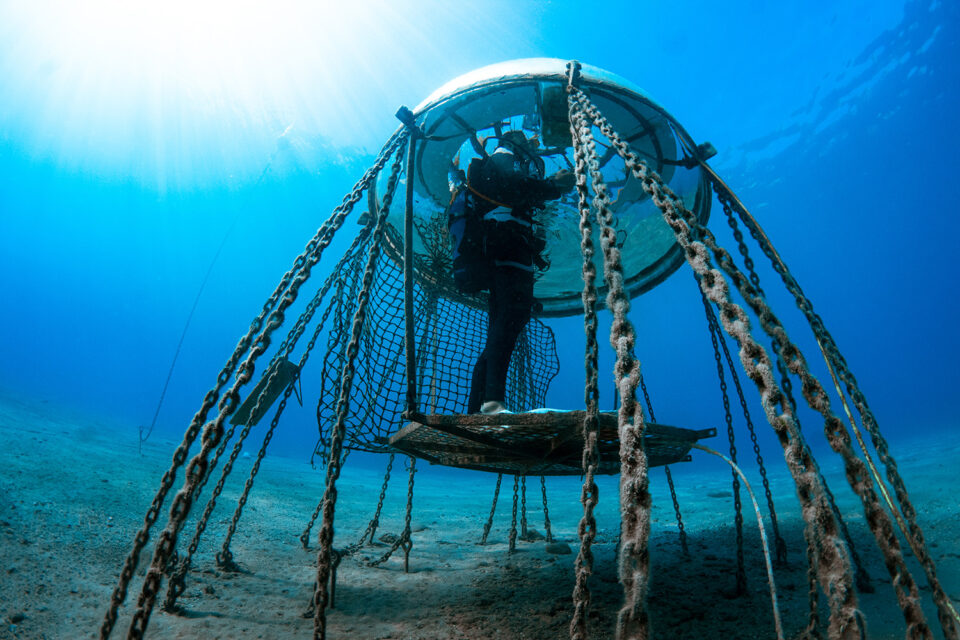
The future of farming
In the interim, Columbi Farms is focused on tackling challenges, starting with taking steps towards launching a full-scale production plant. Skar hopes to tailor the facility to meet consumer demand and believes that using resources and opportunities from both plant and fish production offers a unique approach to achieving more sustainable farming. Likewise, Giunto said that such efforts show promise for a greener future.
“Columbi Salmon’s initiative is unique, and this is the starting point, when we become aware of problems and face them with creativity and courage,” he said. “Great goals can be achieved and alternative solutions do exist. Do we just destroy and deploy the resources we have, or do we find alternative solutions? If we look deeply enough and think outside the box, there is always an answer waiting to be revealed.”
Follow the Advocate on Twitter @GSA_Advocate
Now that you've reached the end of the article ...
… please consider supporting GSA’s mission to advance responsible seafood practices through education, advocacy and third-party assurances. The Advocate aims to document the evolution of responsible seafood practices and share the expansive knowledge of our vast network of contributors.
By becoming a Global Seafood Alliance member, you’re ensuring that all of the pre-competitive work we do through member benefits, resources and events can continue. Individual membership costs just $50 a year.
Not a GSA member? Join us.
Author
-
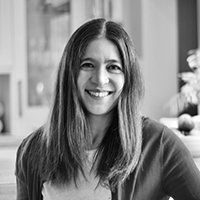
Bonnie Waycott
Correspondent Bonnie Waycott became interested in marine life after learning to snorkel on the Sea of Japan coast near her mother’s hometown. She specializes in aquaculture and fisheries with a particular focus on Japan, and has a keen interest in Tohoku’s aquaculture recovery following the 2011 Great East Japan Earthquake and Tsunami.
Tagged With
Related Posts
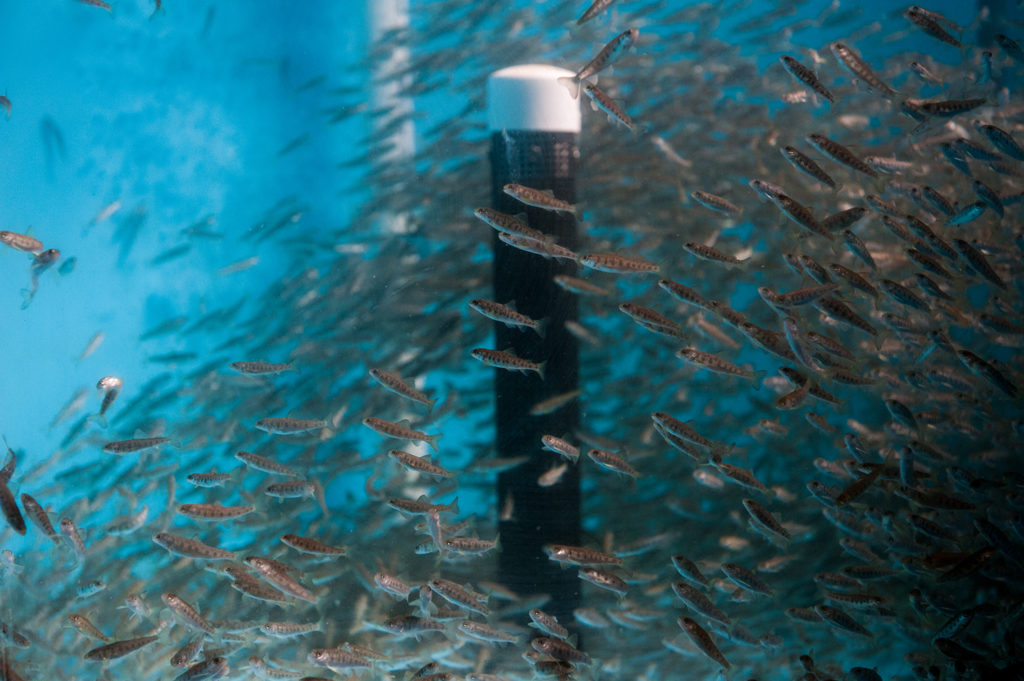
Intelligence
City fish-farm prototype set to prove itself in Minnesota
The Urban Organics model of farming leafy greens in conjunction with fish can work in any city environment, the company says. The first step is destroying East St. Paul’s image as a food desert.
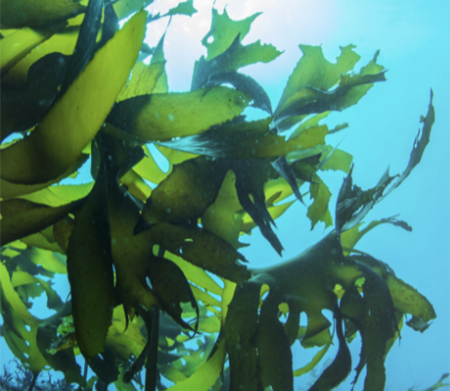
Aquafeeds
BioMar adopts microalgae into aquafeed, hits ‘major sustainability milestone’
Aquafeed supplier BioMar hits a major sustainability goal by reaching 1 million metric tons of salmon feed containing microalgae.
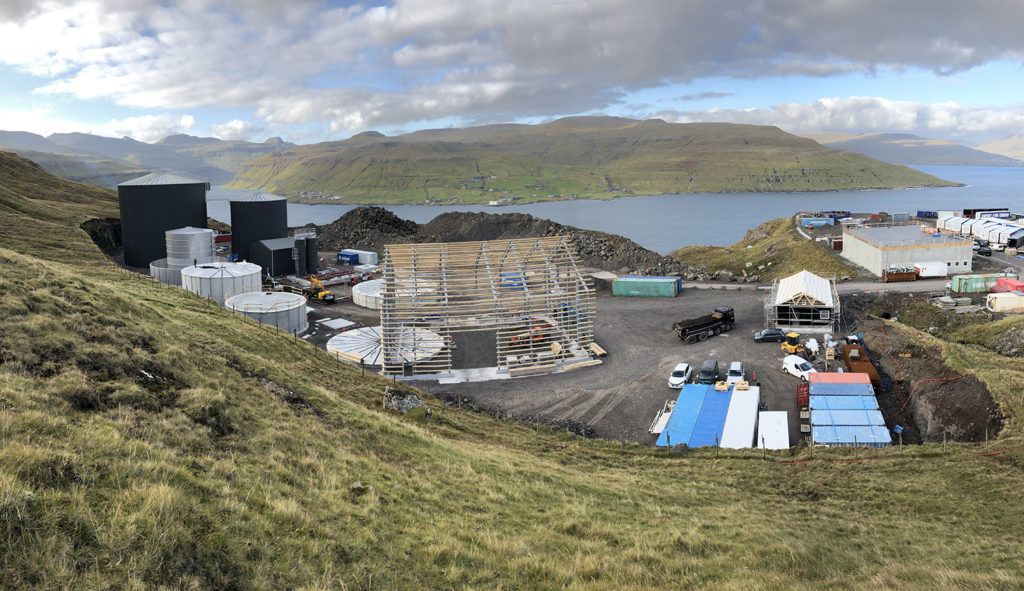
Aquafeeds
Waste not: Novel protein-recapture initiatives for aquaculture
A Norwegian fermentation technology firm utilizes volcanic matter to transform salmon waste, including feces and uneaten feed, into a high-protein powder.
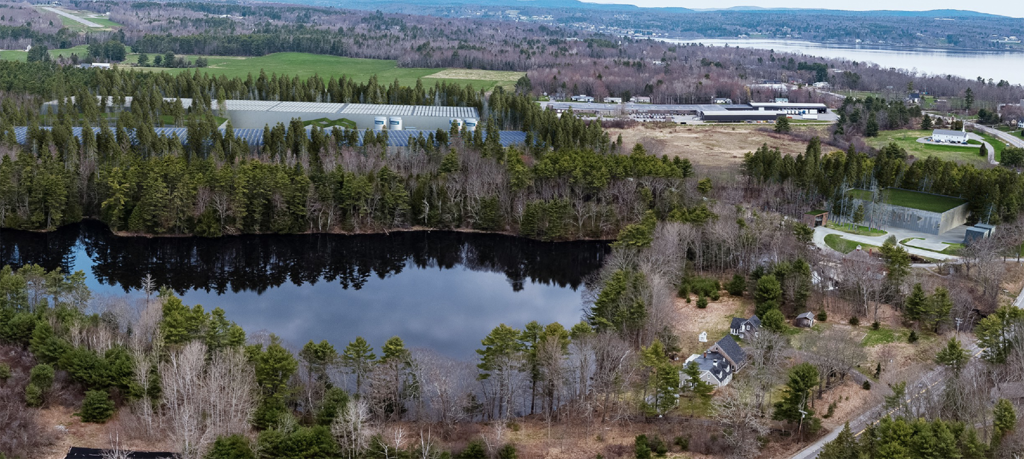
Responsibility
In search of social license, new land-based aquaculture ventures confront a familiar foe: NIMBY
Recirculating aquaculture systems in theory solve many environmental impact issues, yet they're not immune to NIMBY (not in my backyard).


